PRODUCT DESCRIPTION
The Polyamine Epoxy Floor Mid Coat is a high-performance two-component epoxy primer designed to provide exceptional protection and durability to various flooring surfaces. This versatile product is formulated by combining solvent-free epoxy resin with a specially formulated polyamine hardener, ensuring superior performance and longevity.
With its middle color and resistant pigments, the Polyamine Epoxy Floor Mid Coat offers an aesthetically pleasing finish while delivering robust protection against chemicals, corrosion, and damage. It acts as a vital barrier, safeguarding the main body of the flooring and preventing any potential harm to the underlying concrete surface.
One of the standout features of this epoxy mid-coat is its seamless and continuous application process. By eliminating gaps, cracks, and seams, it ensures a smooth and uniform surface, enhancing both the visual appeal and functionality of the flooring. This seamless application also contributes to the product’s ability to withstand thermal and mechanical forces, maintaining its integrity over time and reducing the risk of deterioration.
The Polyamine Epoxy Floor Mid Coat is highly recommended for various applications, including industrial facilities, commercial buildings, warehouses, garages, and more. It offers exceptional resistance to chemicals, making it an ideal choice for environments exposed to corrosive substances. Furthermore, its adaptability allows for increased thickness when required, ensuring optimum protection for flooring systems that demand extra durability.
Customers can confidently invest in a premium solution that combines aesthetics, strength, and longevity by choosing the Polyamine Epoxy Floor Mid Coat. This product not only enhances the overall appearance of the flooring but also safeguards it against the challenges of everyday use, extending its lifespan and reducing maintenance costs.
Ensure long-lasting, reliable, and visually appealing flooring with the Polyamine Epoxy Floor Mid Coat, a superior choice for professionals and property owners seeking uncompromising quality and performance.
Compatibility with Other Protective Coatings
When considering re-coating the middle color of an epoxy floor in a project, several compatible products can be used for the re-coating process. These include:
1. Alkyd, Phenolic Alkyd, Silicone Alkyd, and Urethane Alkyd: These coatings are suitable for re-coating the epoxy floor, offering compatibility and ensuring a seamless transition.
2. Two-Component Epoxy: This type of coating can be applied over the existing epoxy floor as a re-coating option, providing excellent adhesion and durability.
3. Polyurethane: Polyurethane coatings are compatible with epoxy floors and can be used as an effective re-coating solution, offering enhanced resistance and protection.
4. Acrylic: Acrylic coatings can be utilized for re-coating the epoxy floor, providing a versatile and durable finish.
If the intention is to apply another layer immediately after applying the epoxy flooring primer, the following protective coatings are recommended:
1. Two-Component Acrylic: This type of coating is suitable for immediate application after the epoxy flooring primer, ensuring compatibility and a seamless bond between the layers.
2. Acrylic Latex: Acrylic latex coatings can be a protective layer directly over the epoxy flooring primer, offering good adhesion and a smooth finish.
3. Chloro Rubber (Chlorocaoutchouc): Chloro rubber coatings are compatible with epoxy flooring primers and can be applied without delay, providing chemical resistance and durability.
4. Polyamide Epoxy Build: This type of coating is specifically designed for use over epoxy primers, providing a high-build protective layer that enhances the overall durability and performance of the flooring system.
For successful re-coating or immediate layer application, choosing compatible protective coatings that ensure adhesion, durability, and long-term performance is essential.
Features
- Resistance to chemicals and destructive substances
- Good resistance to mechanical forces
- Good adhesion to concrete surfaces
- Execute without crack
- Resistant to solvents
Applications
- Concrete floor protective coating
- Protective coating of cement surfaces
- Protective cover for factories and offices
- Protective cover of laboratories
- Protective coverage of hospitals
- Protective cover of the food production hall
Packaging
- –
Colour
- Available in a variety of matte and semi-glossy colors
technical specifications
|
Optimal thickness |
1500μm |
|
The volume percentage of solid materials |
100% |
|
density |
1.5g/cm3 |
| Initial setting time |
6-8 hours |
|
Final setting time |
7 days |
| The maximum delay in execution |
25-35 min |
| Shelf time | 70% |
- Surface Preparation: Ensuring Proper Substrate Cleaning and Repair
- Follow Manufacturer’s Instructions: Adhering to Mixing, Application, and Curing Guidelines
- Proper Mixing: Achieving Accurate and Thorough Epoxy Resin and Polyamine Hardener Mixing
- Application Techniques: Employing Suitable Methods for Even and Uniform Mid Coat Application
- Environmental Considerations: Factoring in Temperature, Humidity, and Ventilation for Optimal Performance
- Safety Precautions: Implementing Essential Measures for Personal Protection and Hazard Mitigation
- Quality Control: Conducting Regular Inspections to Maintain Mid Coat Application Standards
- Maintenance and Cleaning: Providing Guidelines for Long-Term Floor Preservation and Effective Cleaning Practices
- Pre-Installation Planning: Thoroughly assess project requirements and specifications before installing.
- Surface Preparation: Ensure proper cleaning, repairing, and profiling of the substrate for optimal adhesion of the mid-coat.
- Product Familiarization: Familiarize yourself with the manufacturer’s instructions, technical data, and safety guidelines for the Polyamine Epoxy Floor Mid Coat.
- Proper Mixing and Application: Follow recommended mixing ratios and application techniques for uniform coverage and consistent performance.
- Time and Temperature Control: Adhere to recommended temperature and humidity ranges for application and curing while following specified timeframes.
- Safety Precautions: Prioritize worker safety by providing appropriate PPE, ensuring ventilation, and following safety protocols.
- Quality Assurance: Regularly inspect the mid-coat application to promptly identify and address any defects or inconsistencies.
- Post-Installation Guidelines: Provide clients with proper maintenance and cleaning instructions for the long-lasting performance of the mid-coat.
To begin, thoroughly blend the two components of the product and mix them in a mixer for 5 minutes. Allow the mixture to react for approximately 20 minutes before application. Use a roller, brush, or spray gun to apply the protective coating. It’s important to note that the epoxy primer should be used within 4 hours after preparation on the concrete surface. Preparing the substrate surface by utilizing a scraper or sub-segmentation device is advisable. This step aims to create a surface that promotes strong mechanical bonding.
- Visual Inspection: Inspect surface defects, uniform coverage, and overall appearance.
- Adhesion Test: Using appropriate adhesion testing methods, evaluate the bond strength between the mid-coat and the substrate.
- Thickness Measurement: Measure the thickness of the mid-coat to ensure it falls within the recommended range.
- Curing Evaluation: Monitor the curing process by assessing curing time and observing changes in appearance and hardness.
- Chemical Resistance Testing: Test the mid coat’s resistance to representative chemicals or substances it may encounter.
- Gloss and Finish Inspection: Evaluate the gloss level and finish of the mid-coat to ensure consistency and the absence of defects.
- Documentation and Record-Keeping: Maintain detailed records of quality control procedures, test results, and corrective actions taken.
- Compliance with Standards and Specifications: Ensure the mid coat meets industry standards, specifications, and project requirements.
technical documents
Photo Gallery
Technical documentation request


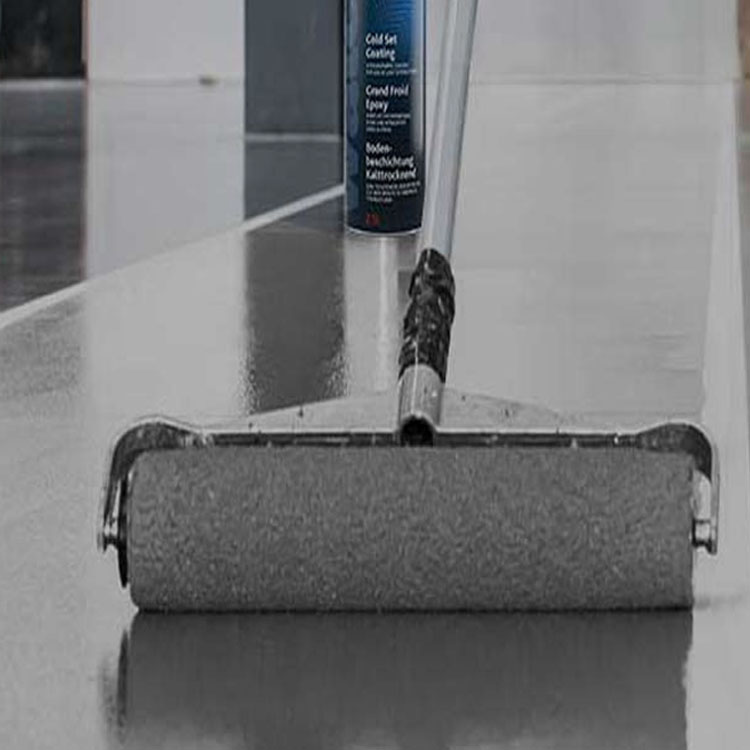

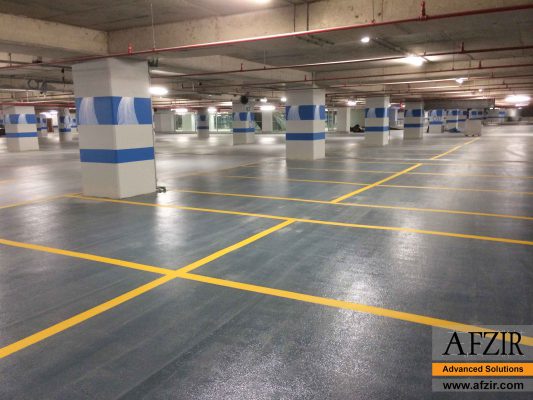








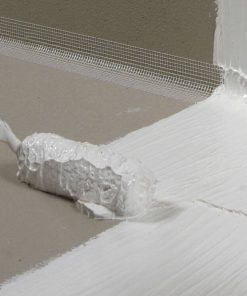

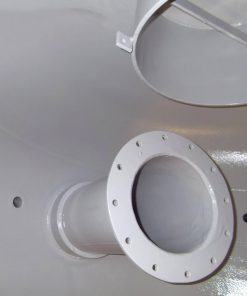
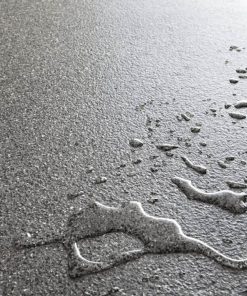
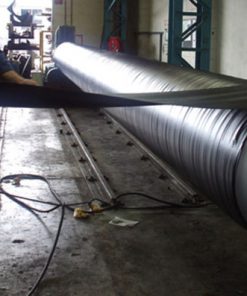



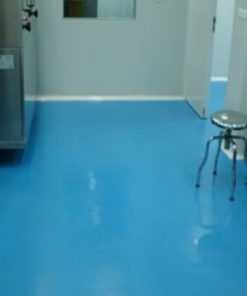


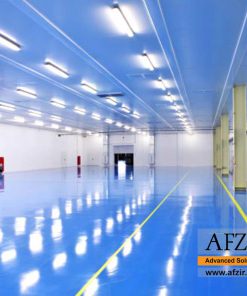
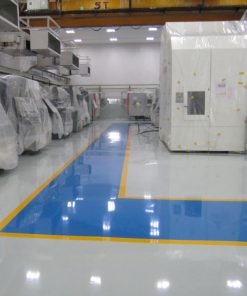
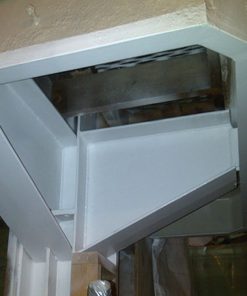
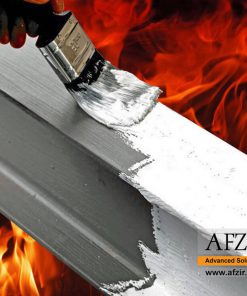
Be the first to review “Polyamine Epoxy Floor Mid Coat”